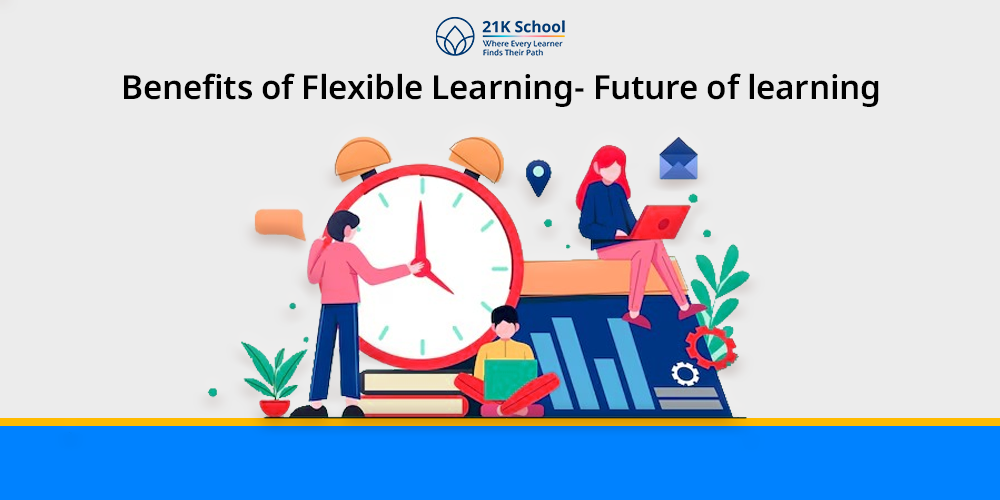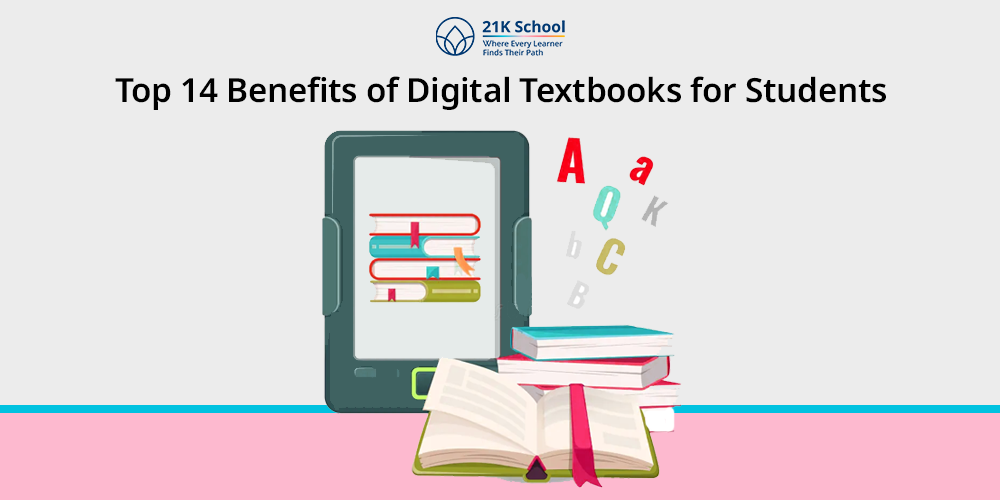
Have you witnessed the change in the learning techniques in the 21st century?
The rise in online learning and digital learning techniques have led to advancements like flexible learning.
Today learning is no longer confined to classroom teaching. It has gained advancement with enhancement of virtual learning.
Flexible learning is supportive to all categories such as students, teachers, working professionals, and students with special needs.
Through virtual learning platforms and technology in education, flexible learning comes into the concept. Rather than going technologically handicapped, why not use it and benefit in learning? Flexible learning gives learners a dynamic experience where they can cater to it as per their needs and pace.
Individuals who are facing challenges in attending classes such as working professionals, housewives, and flexible learning benefit them a lot.
Here’s more about flexible learning, with its examples and benefits in detail. Go through it and get a complete understanding about everything in flexible learning.
Table of Contents
- What is Flexible Learning?
- Examples of Flexible Learning
- Top 15 Benefits of Flexible Learning
- 1. Flexibility
- 2. Personalisation in learning
- 3. Accessibility
- 4. Learning at own pace
- 5. Diverse learning styles
- 6. Independence in learning
- 7. Cost-effective or affordability
- 8. Collaborative learning
- 9. Promotes engagement
- 10. Regardless of age and group
- 11. Adaptability in learning
- 12. Learning with balancing personal life
- 13. Lifelong learning
- 14. Time Management
- 15. Development of 21st-Century Skills
- Final Thoughts!
What is Flexible Learning?
Flexible learning is an educational development approach that caters to students preference and customisation. Students’ choice and learning styles are considered in their learning experience.
In order to engage students and enhance their learning, students’ learning styles and pace of learning is considered.
Flexible learning offers options of learning at their own pace and terms. It boosts student-centered learning. Like, place, time, pace and diverse learning styles.
Examples of Flexible Learning
Here are some examples of flexible learning which are described below.
1. Blended learning
Blended learning includes inclusion and integration of offline and online learning styles. Dive deeper about e- learning platforms in detail.
2. Personalised learning
Personalised learning is a learning approach that includes switching on to students’ choice, pace and style of learning. It offers you with different learning options, and can be customised as per students’ unique choices and preference.
3. Flexible learning environments
Flexible learning environments is a platform where learning is as per students choice and their adaptability. Students’ choice, needs and diverse learning styles are customised as their requirements. Explore inclusion education in detail having students from all categories under the classroom called inclusive classroom.
Top 15 Benefits of Flexible Learning
Here are benefits of flexible learning that you can go through and explore.
1. Flexibility
Flexible learning offers flexibility in learning rather than sticking to the same classroom teaching and learning techniques. It has wide options of learning with availability of time, place, pace and style of learning.
2. Personalisation in learning
Flexible learning offers personalisation in learning experiences and customisation to learning options. Like, catering to learner’s interests, choice, diverse styles, pace and availability in learning.
3. Accessibility
Flexible learning gives the option of learning from remote areas as well. It ensures that learning stays accessible while removing the issues like geographical barriers and locations.
4. Learning at own pace
Learning at your own pace gives students an option to make learning possible comfortably and as per their own speed. It gives relaxation to slow learners as well. Also know and explore about student mental health.
5. Diverse learning styles
Diverse learning styles gives learners an option to learn as per their interests and understanding terms. Like, some students learn better with visuals, images, sounds, animations and videos rather than plain text.
6. Independence in learning
Independence in learning is found in flexible learning options. They are free to choose their learning timings and other styles. They are independent to make choices about their learning schedules.
7. Cost-effective or affordability
It is cost-effective and affordable in prices rather than classroom fees. In online learning, there are also scopes for discounts and price cuts since they are learning at home-sitting.
8. Collaborative learning
Through virtual learning platforms and online groups, students can collaborate with others. They can have group discussions, quizzes, debates and play learning.
9. Promotes engagement
When learners participate in flexible learning, it promotes student engagement and interaction. So, it gives them time to think, engage and boost learning.
10. Regardless of age and group
Flexible learning is regardless of age and group or categories. They can learn at any age, from any group or categories through enrollment of their choice.
11. Adaptability in learning
Adaptability in learning is kept in order to make students comfortable in a learning environment and styles. It helps students from all backgrounds learn together and engage as per their requirements.
12. Learning with balancing personal life
Learning with balancing their personal life is an option in this type of learning. There is less burn-out and anxiety as they can learn as per their availability and pace.
13. Lifelong learning
Lifelong learning is possible in flexible learning. Due to its flexibility and customisation, learners can continue to pursue their aspirations without any disturbances.
14. Time Management
In flexible learning time management skills is one of the most important which help to get a personalised and positive learning environment.
Learners can design their own study routine as per their speed and syllabus. These key points ensure balance in learning.
15. Development of 21st-Century Skills
For flexible learning development of 21st-century skills is significant. Skills such as problem solving, collaboration skills, critical thinking skills, adaptability and improved communication skills.
Each skill guides learners for higher academic performance in future.
Final Thoughts!
Flexible learning has brought a huge transformation in learning. It offers freedom, flexibility and diverse learning styles and experiences.
With this, it breaks barriers of geographical limitations, age, group, categories, financial restraints, etc. People from all aspects of life can opt for flexible learning environments.
Advancement in technology has helped learners come together from all over the world. Flexibility also improves with the contribution of technology in education in learners’ lives.


